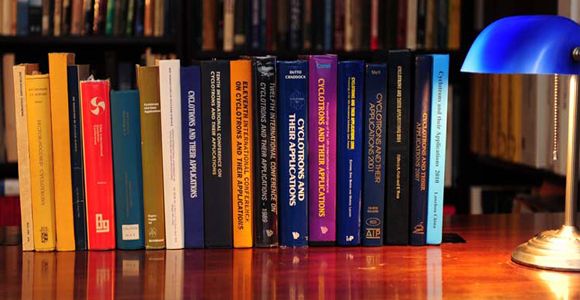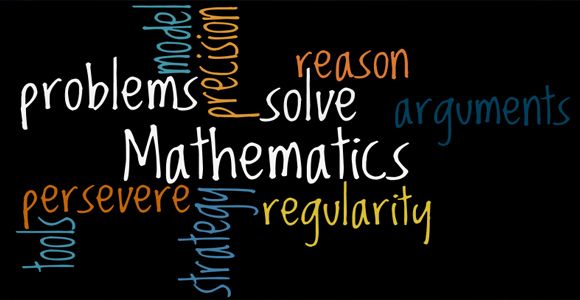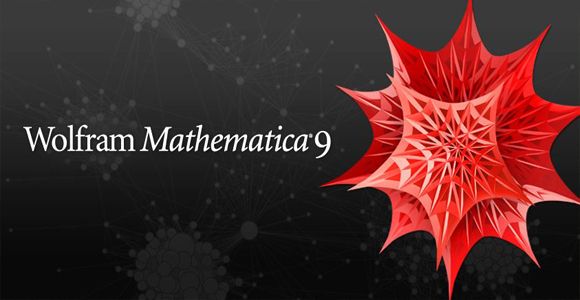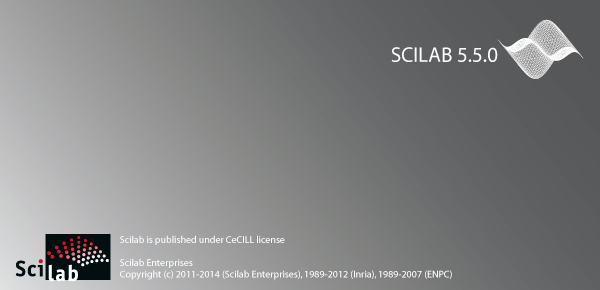This authoritative volume by a renowned Russian scientist offers advanced students a thorough background in theoretical physics. The treatment's review of basic methods takes an approach that's as rigorous and systematic as it is practical.
Chiefly devoted to mechanics, electrodynamics, quantum mechanics, and statistical mechanics, this book stresses atomic, nuclear, and microscopic matters. Subjects include the quantum theories of radiation, dispersal, and scattering and the application of statistical mechanics to electromagnetic fields and crystalline bodies. Particularly strong in its coverage of statistical physics, the text examines Boltzmann statistics, Bose and Fermi distributions, Gibbs statistics, thermodynamic quantities, thermodynamic properties of ideal gases in Boltzmann statistics, fluctuations, phase equilibrium, weak solutions, chemical equilibria, and surface phenomena. Many of the 137 exercises feature complete solutions. Translated by George Yankovsky under the author's supervision.
-Download:
























































